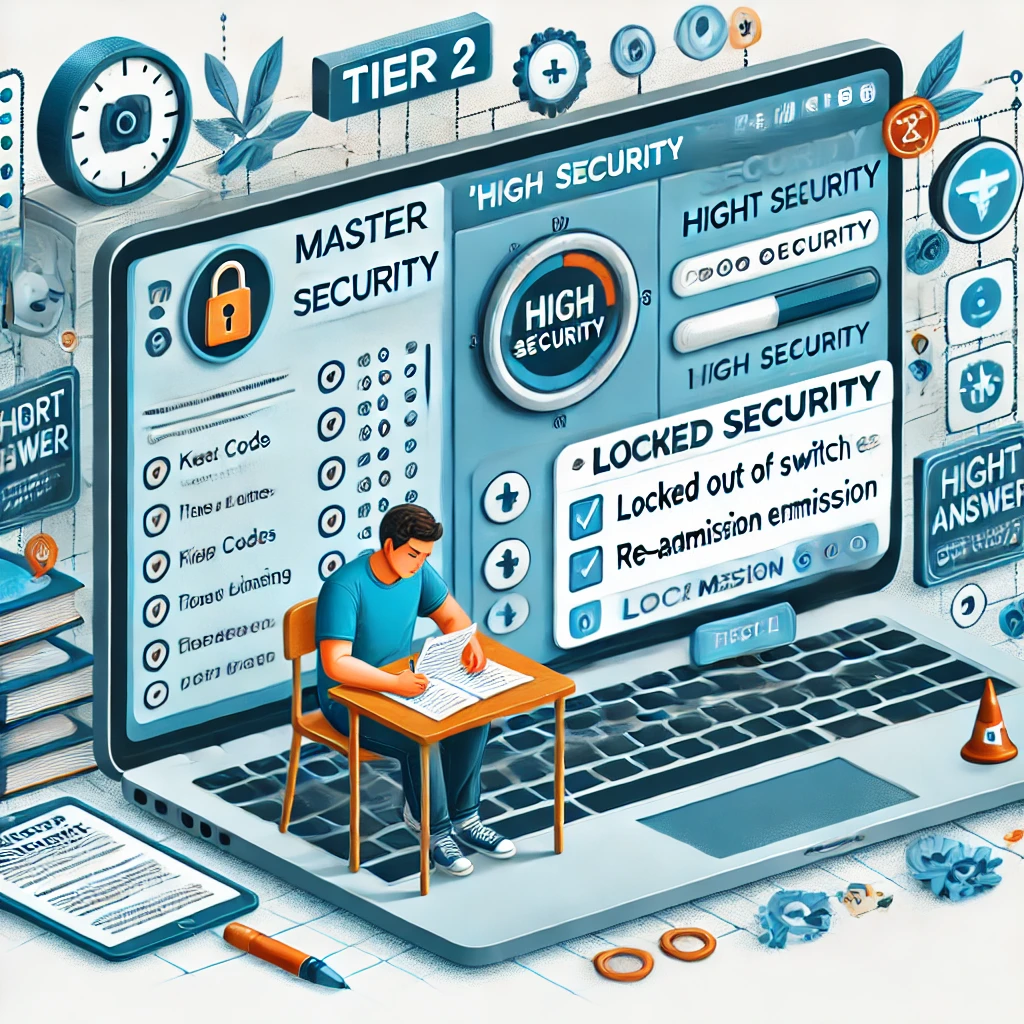Robert Capps authored an article appearing in the New York Times in June 2025 entitled A.I. Might Take Your Job. Here Are 22 New Ones It Could Give You. The article articulates some key ideas about the direction of A.I. in intellectual work that, in my view, have strong relevance to education.
Mr. Capps believes that there are three areas where humans will continue to be necessary in an economy with A.I. presence: trust, integration, and taste.
“As A.I. continues to become more influential in our jobs and organizations,” writes Mr. Capps, “we’re going to develop a lot of these trust issues. Solving them will require humans.” “The ‘trust issues’ he refers to stem from the fact that A.I. can generate large amounts of data, but that doesn’t make it inherently trustworthy.
We will need humans to check the data and to check the ethics of what is being produced. Trust, he writes, is about accountability and who is taking responsibility for the work product that A.I. has been used to produce. “In a number of fields”, he writes, “from law to architecture, A.I. will be able to do much of the basic work customers need… but at some point, a human, perhaps even a certified one, needs to sign off on the work.”
Mr. Capps’ purpose is to describe changes in the job market that are likely to occur in the “creative destruction” happening in the economy as A.I. technology is increasingly deployed. But further, the concept of trust and accountability articulates an important element of our approach to and philosophy of integrating A.I. into our teaching platform. Every one of our applications that incorporate A.I., and that is soon to be all of them, is designed such that A.I. work product is reviewed and monitored by the instructor before it is published in activities and assessments for students. There is, for example, no “Make me a test on positive and negative integers” button at Innovation. There is no “grade all my student’s papers please” button. All of the A.I. integrations are placed in the same user interface that would be used before there was A.I. A form is filled out, but the teacher needs to review and modify if necessary, or possibly even discard, the A.I. work product.
I realize that this design policy may place Innovation at a disadvantage in the marketplace, where competition between online educational platforms is intense. Instructors may be attracted to the one-button-does-it-all platform. But my conversations with educational professionals and with my students lead me to conclude that discerning subscribers will prefer Innovation precisely because teachers want to foster that trust by demonstrating that accountability through a platform whose very design and structure promotes them.



















